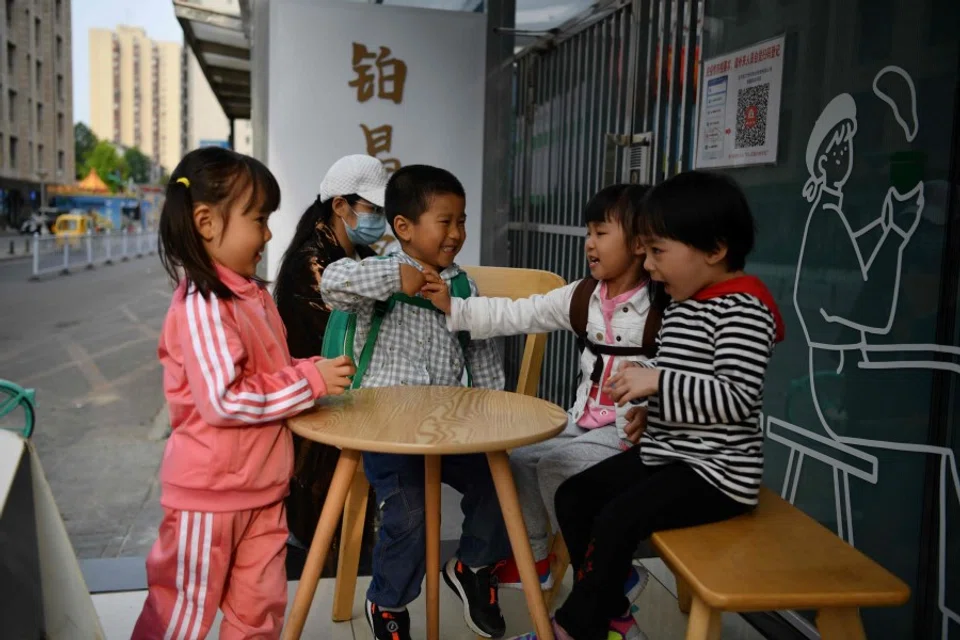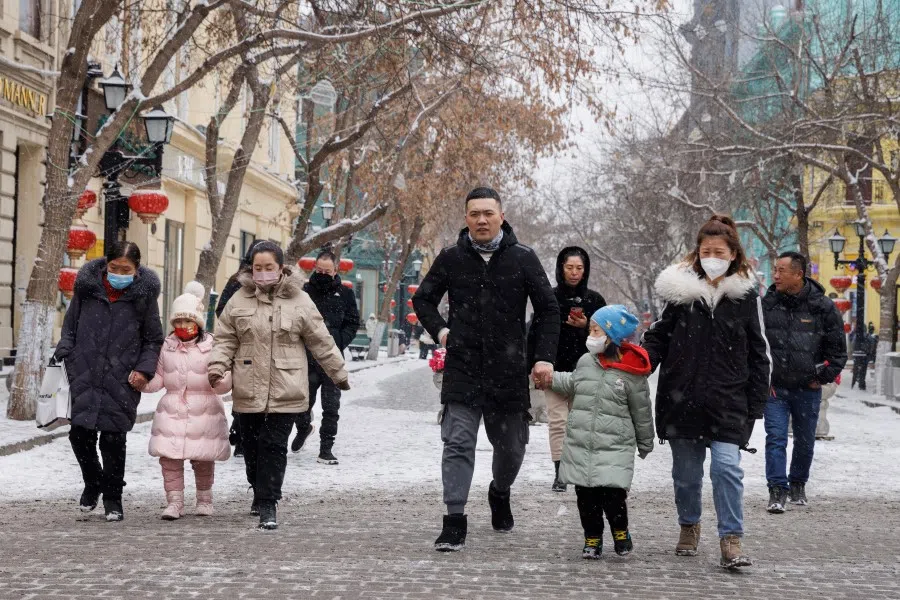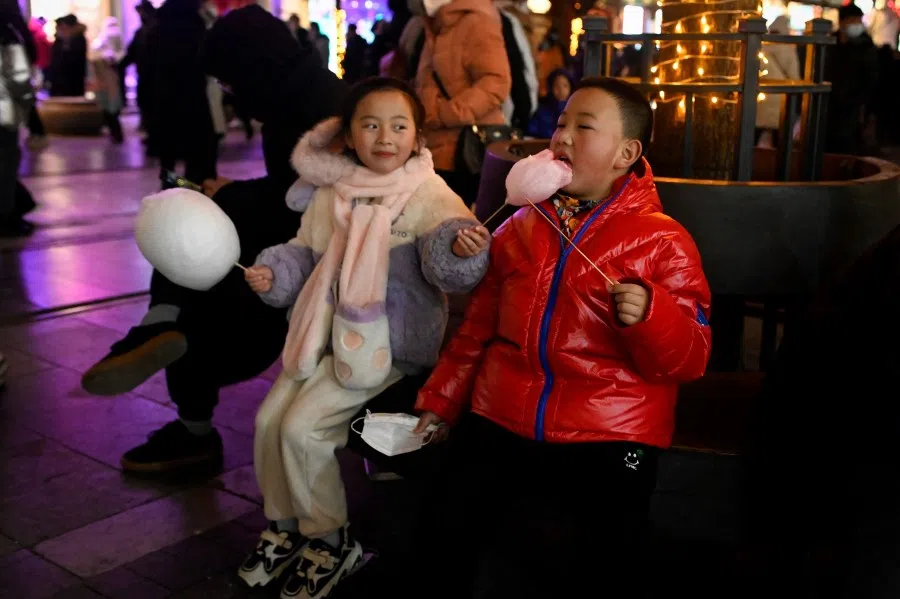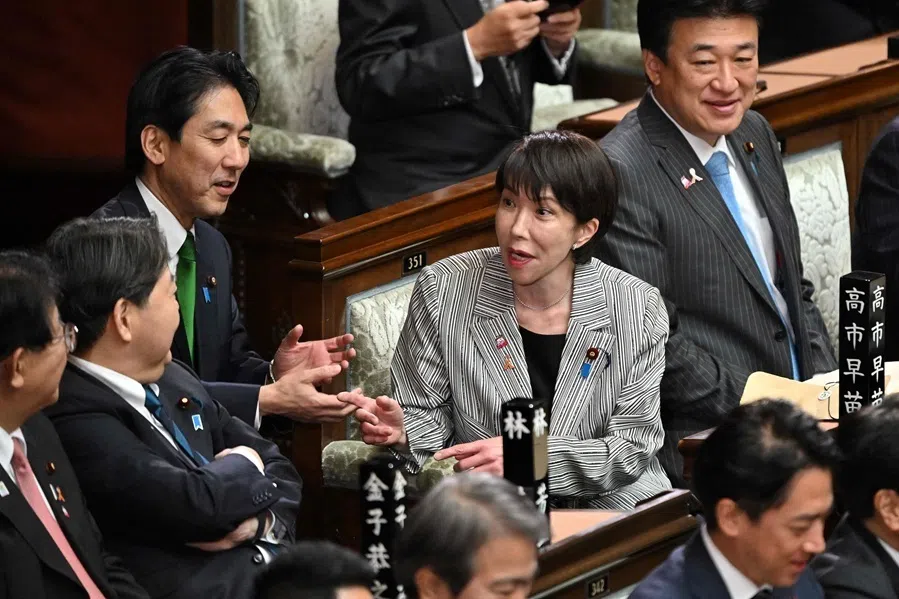Shrinking population impacting preschools in China
Following the recent report on China's shrinking population, Zaobao's correspondent Wong Siew Fong takes a closer look at how this might affect China's education system, and what the authorities will have to do to mitigate these effects, in terms of planning ahead and being proactive rather than reactive.

In 2021, Xinhua ran an article on preschool education in the "three child" era, highlighting the optimistic outlook of the preschool market in China. Less than two years later, the seemingly flourishing preschool industry is grinding to a halt, with preschools closing in China amid the falling birth rate.
Impact across the education system
The drop in China's annual birth rate has become more pronounced since the Covid-19 outbreak in 2020. That year, the birth rate was 8.52 births per 1,000 people, the lowest since 1978. It further slipped to 7.52 in 2021 and 6.77 in 2022, with fewer than 10 million babies born that year, and at half the number compared with six years ago. In 2022, China's population also shrank for the first time since 1961.
Chinese media has reported on a shortage of children in preschools in several regions, with intensifying competition between preschools to attract students.
After the population figures were released, the long-term impact of population change on China's economic growth, human resources, and international strategy came to the centre of attention. However, China's education sector is the first to feel the effects of the population decline. Children born in 2020 will be joining preschool this year, and the impact of the plunging birth rate is rearing its ugly head in China's preschool market.
This month, Chinese media has reported on a shortage of children in preschools in several regions, with intensifying competition between preschools to attract students. Some preschool operators revealed they have made preparations for retrenchments over the next three to five years.

This problem is not unique to mainland China. Over the past two years, Hong Kong has seen a wave of preschool closures and staff retrenchments. In 2020, Hong Kong's population saw negative growth, and in May 2022, a survey of 235 preschools by the Hong Kong Federation of Education Workers found that preschools were losing an average of 13% to 27% of students. In addition, over 70% of preschools were in financial difficulties, with 10% of preschools saying they might close within two years.
Some reports showed that university undergraduate admissions in 2022 have dropped by 400,000 compared with 2021, highlighting that birth rates are falling rapidly...
Fluctuations in birth rate
The tough challenges faced by preschool operators in mainland China will gradually trickle down from primary schools through to tertiary institutions. Based on the seventh national census, a team from Capital University of Economics and Business projected that the enrolment numbers in China's preschools, primary schools, lower and upper secondary levels and tertiary institutions will peak in 2020, 2023, 2026, 2029 and 2032 respectively, after which there will be a rapid drop in the number of students.
Some reports showed that university undergraduate admissions in 2022 have dropped by 400,000 compared with 2021, highlighting that birth rates are falling rapidly, and the education sector from preschool to university will also shrink rapidly over the next decade or so.
Notably, China's birth rates are not expected to see a sharp drop immediately. With China gradually coming out of the pandemic, as well as the implementation of policies to encourage childbirth and increase birth rates, there is still a possibility of a short, slight rebound in birth rates following the easing of Covid-19 measures.

Twenty years ago, Australia implemented a baby bonus scheme, giving up to US$6,000 per child. Between 2004 and 2008, the birth rate went up from 1.8 to a high of about two children per female. However, the general trend of a declining birth rate could not be reversed. By 2020, six years after the end of the scheme, the birth rate fell to 1.6, lower than when the scheme was introduced.
... preschool education encountered issues of delayed resource planning and a mismatch between resource allocation and changes in the population structure.
Effective planning to keep up
Many population experts warned that temporary fluctuations in birth rate would lead to complex, tough challenges for long-term planning and resource allocation for education.
China's preschools are currently facing an issue of excess vacancies partly because after a small peak in births from 2011 to 2016, preschool education encountered issues of delayed resource planning and a mismatch between resource allocation and changes in the population structure.
From 2011 to 2016, China gradually relaxed its birth policies, leading to the birth rate going above 13% at one point. But after the two-child policy was implemented in 2016, the effects of population accumulation ended quickly, and from 2017, China's birth rate began to gradually decline.

But even amid the declining birth rate, the children born during the slight peak are in fact facing a shortage of preschool vacancies. To resolve the difficulty and high cost of getting into preschool, in 2017 four ministries including the education ministry proposed that by 2020, the coverage rate of public interest kindergartens - those charging childcare and accommodation fees at government-directed rates - should reach 80%.
A year later, the Chinese State Council released views on deepening reform and standardisation of preschool education, strongly pushing for hitting the planned target for public interest kindergartens. Many locations started to build new public preschools. But by the time these were completed, the wave of preschool children from the slight birth peak had subsided.
The challenges faced by the preschool sector are just the first hurdle of China's era of negative population growth. Insufficient population and possible future population fluctuations will have a long-term impact on the entire education system, from primary schools to tertiary institutions.
Equality in education has to do with social equality and justice. The authorities would have to effectively plan and prepare ahead, and ensure that educational resources can flexibly keep up with birth rate trends, to avoid worsening the educational competition among Chinese students with a mismatch of educational resources. This would also impact the effectiveness of the Chinese education system, and would determine whether Chinese students have a fair chance at education in an era of negative population growth.
This article was first published in Lianhe Zaobao as "人口负增长冲击中国教育体系".
Related: Gender equality: The solution to China's declining birth rate | Why Chinese women are unwilling to give birth | China's marriage, divorce and birth rates are falling | China wants to reverse its high abortion rate with pro-birth policies, and young women are not happy | Why extended maternity leave will not encourage childbirth in China | Is China facing a demographic crisis? | Chinese netizens lament barbarity of one-child policy era





